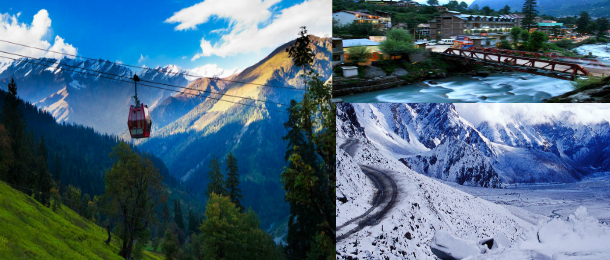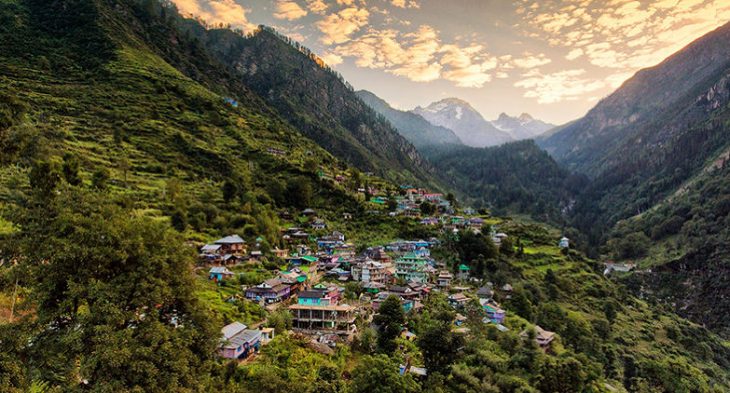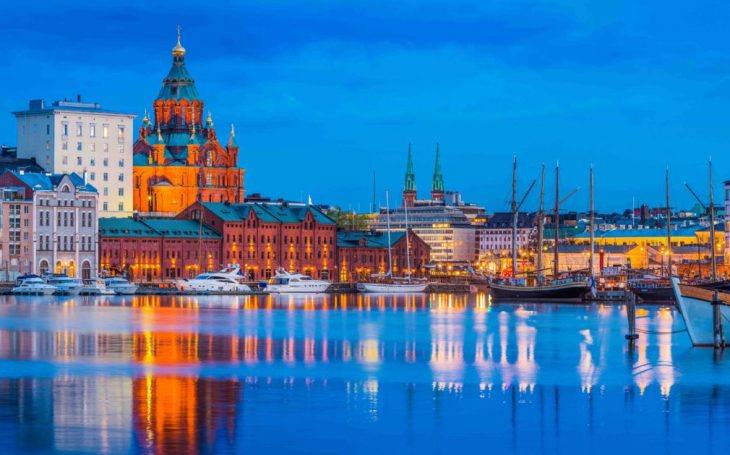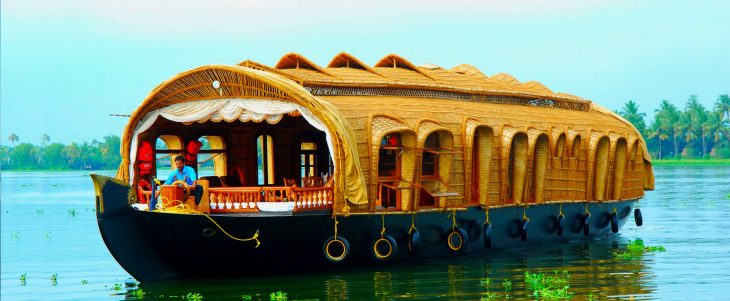Nag Tibba – Best Weekend Trek of India
The Nag Tibba is the highest peak in the lower Himalayas of the region of Garhwal, near Mussoorie. The Nag Tibba Range, one of Lesser Himalayas’ three ranges, is also named after Dhauladhar and Pir Panjal.
It is one of the best treks that begin both with beginners and experienced hiking enthusiasts. There is a small temple above the hill where you can see the whole Bander-punch spectrum of the Great Indian Himalayas towards Yamunotri side. There is a small temple.
In spring and summer, Nagtibba is a perfect place to camp and one of the most appropriate winter trekking when the major part is closed due to heavy snow. It is one of the most popular treks in India because of its easy access.
Trek Overview
The mythology of India is deeply rooted in traditions and creeds. Snakes or Nagas are highly revered in Hindu mythology, as they are called in the local language. There is no surprise that we have sacred mountains and hills that are central to the believes of the people, as festivals, temples, scriptures, gods and goddesses dedicated to snakes and snake deities. Adventurer junkies can, as luck would have it, go to a snake mountain which is popular under the name Nag Tibba for spiritual insights.
Nag Tibba is your call if you are looking for a quick appointment in the Himalayas, at an altie of 9,915 feet. In the lower Himalayan region, it is the highest peak in the region of Uttarakhand.
Nag Tibba is flavored with all the elements of a great Himalayan trek, with a beautiful camping area with views over colossal Mountain areas like Swargarohini, Bandarpoonch, Srikanth, Black Peak and thick Devdar Jungles and several remote stretches, interspersed with wild flora and exotic wildlife. As a cycle tour, Nag Tibba trek takes you down from the summit to a brand new view and new trails. No overlap of terrain exists and this contrasting countryside is the complementary advantage of this journey.
The walk prepares you before you jump into the challenging wagon of excursions and adventures. In short, Nag Tibba is a refreshing trailer for amateur trekking enthusiasts who still need a full-scale trek.
About Nag Tibba
“Snake God Abode or Nag Devta,” Nag Tibba translates. Local people have a deep reverence for the deity of the serpent. On the summit of the mountains a temple dedicated to Nag Devta has a major value for local people. Every day, people devote their hearts to Him in the firm belief that Nag Devta is their land and livestock’s protector.
Pantwari is a trip away from Delhi for the overnight. A 3-day trip from Delhi will take you back and forth to Nag Tibba, which makes it one of the most wanted weekend trips. It is only 355 km from Nag Tibba to Delhi
How to reach Nag Tibba
-
By Train
By train, arrive to Dehradun. Delhi, Lucknow, Allahabad, Mumbai, Kolkata, Ujjain, Chennai and Varanasi are all well connected by train to Dehradun.
From Dehradun, take the 99 km (3 hours 30 minutes) drive to Pantwari. Patwari is where Nag Tibba Trek starts. It’s a mountain village.
-
By Road
A bus flight takes place between Delhi, Shimla, Haridwar, Rishikesh, Agra and Mussoorie, connecting Dehradon to major cities in India.
There are Volvo, Deluxe, Semi-deluxe and Uttarakhand State Transportation Busses to choose from. You can take the bus to Dehradun from Delhi ISBT at Kashmiri Gate and Anand Vihar. You can either book online or at ISBT. Dehradun, which is about 254 km away, takes 6 to 7 hrs from Delhi.
The Dehradun Inter State Bus Terminal (ISBT) is available every 15 minutes to 1 hour from Clemens Town. Bus services are available from the Mussoorie Bus Station near Dehradun and the Delhi Bus Booth on Gandhi Road.
-
By Flight
The airport Jolly Grant is 20 km from Dehradun’s main city. It is easily accessible via major airlines, such as Indigo, Air India, Jet Airways, Spice Jet and 7 to 8 daily flights in the sector. Dehradun can be reached in 55 minutes by air from Delhi.
Dehradun is also connected by direct flight to Mumbai and Lucknow, but the frequency is lower than in Delhi.




















You must be logged in to post a comment.